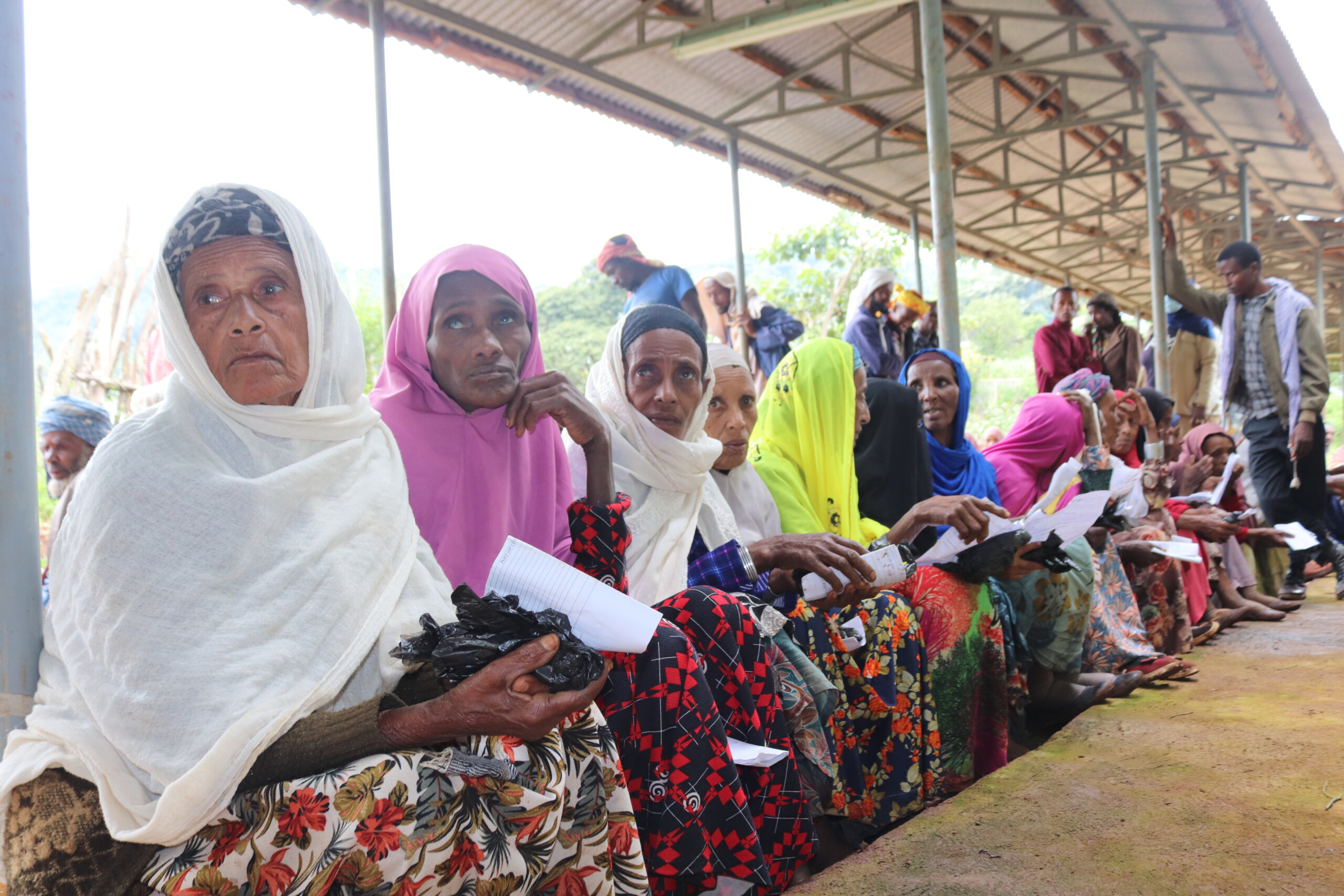- Eye Health
Light for the World spent the last year and a half finding out how to redress gender inequality in eye health in Africa. Here’s what we learned.
Women and girls are more likely to have vision problems, yet less likely to get the treatment they need for it. This is what we observed during an 18-month pilot project in Burkina Faso, Ethiopia and Mozambique. Called Equitable, sustainable eye care for all!, the project ran from July 2021 – December 2022. It aimed to identify best practice that would be easily replicable across the health sector.
Gender inequalities in eye health go far beyond Africa. According to the International Agency for the Prevention of Blindness (IAPB), 55% of people with vision loss worldwide are women and girls. Global data shows that women are 12% more likely to have vision loss than men, 8% more likely to be blind, 15% more likely to have moderate to severe vision impairment, and 12% more likely to have mild vision difficulties.
In Burkina Faso, Ethiopia and Mozambique, our research (available in English, French and Portuguese) showed that overall, women and girls appeared less likely to access eye health services. And when they did have better access to eye consultations, women still had fewer surgeries than men, suggesting a gender gap between consultations and treatment.
Lessons learned
So, how can we bridge that gap? With our partners in country, we uncovered 10 ways to do this effectively and sustainably.
- Partner with community-based organisations or local government bodies to identify and reach more women and girls while also raising awareness through campaigns that are locally adapted.
- Regularly train eye health staff about gender equality, especially in rural areas. This not only increases understanding about local gender inequalities, but also generates locally adapted ideas for addressing them.
- Develop and share gender-sensitive information to promote eye health. Materials can include examples of best practice from the communities, like women who have recovered successfully from eye surgeries or men who speak up for the eye health of their female family members.
- Recruit women as well as men to advocate for gender equality. This means including men in training opportunities, finding men who will speak up for gender equality in eye health, and involving them in outreach campaigns aimed at women. This drafts men in as allies rather than alienating them or making them believe they have no role to play in promoting equality.
- Work with and train community and religious leaders on gender equality. Community leaders are often trusted advisers and their support will positively impact access to eye health for women and girls.
- Use public spaces to share information and raise awareness. Examples of this include marketplaces, face-to-face meetings with families through community-based programmes in the area, and others. In Mozambique (pictured top), National Women’s Day provided an excellent opportunity to promote eye health services through a public eye screening event for women and girls (image © Mango Sound/Light for the World).
- Avoid a “first-come, first-serve” approach to providing eye consultations and surgery in rural communities. Women tend to arrive later because they need to attend to household chores in the morning. They also often need to leave early due to care responsibilities. Creating separate waiting systems for women and men, like this one in Ethiopia pictured below, can help ensure equity in accessing these services.
- Make sure that eye clinics have enough space in their waiting areas and that changing cabins are provided. Space in waiting rooms provides comfort, while having changing cabins maintains privacy when changing before and after surgery.
- Understand and accommodate the schedules and priorities of potential patients. Many will be too busy earning a living or surviving to take notice, so make it as easy as possible for them.
- Include an eye health counsellor/psycho-social advisor on the eye health team both during outreach and at the hospital. They can explain why treatment is important while reducing fear and anxiety among patients and their families. It also helps de-mystify medical work.
While we were able to test new strategies to improve women’s access to eye care, we are mindful that changing deep-rooted attitudes about gender takes much longer than the 1.5 years we’ve had so far. As we move forward, we will build on the lessons we’ve learned and recruit more allies to make sure we tackle gender inequality in a way that has lasting impact.
This project was funded by the Austrian Ministry of Social Affairs, Health and Consumer Protection. We worked in partnership with the Central Hospital of Beira in Mozambique, Jimma University Hospital Department of Ophthalmology in Ethiopia, and Eye Centre Zorgho in Burkina Faso.






